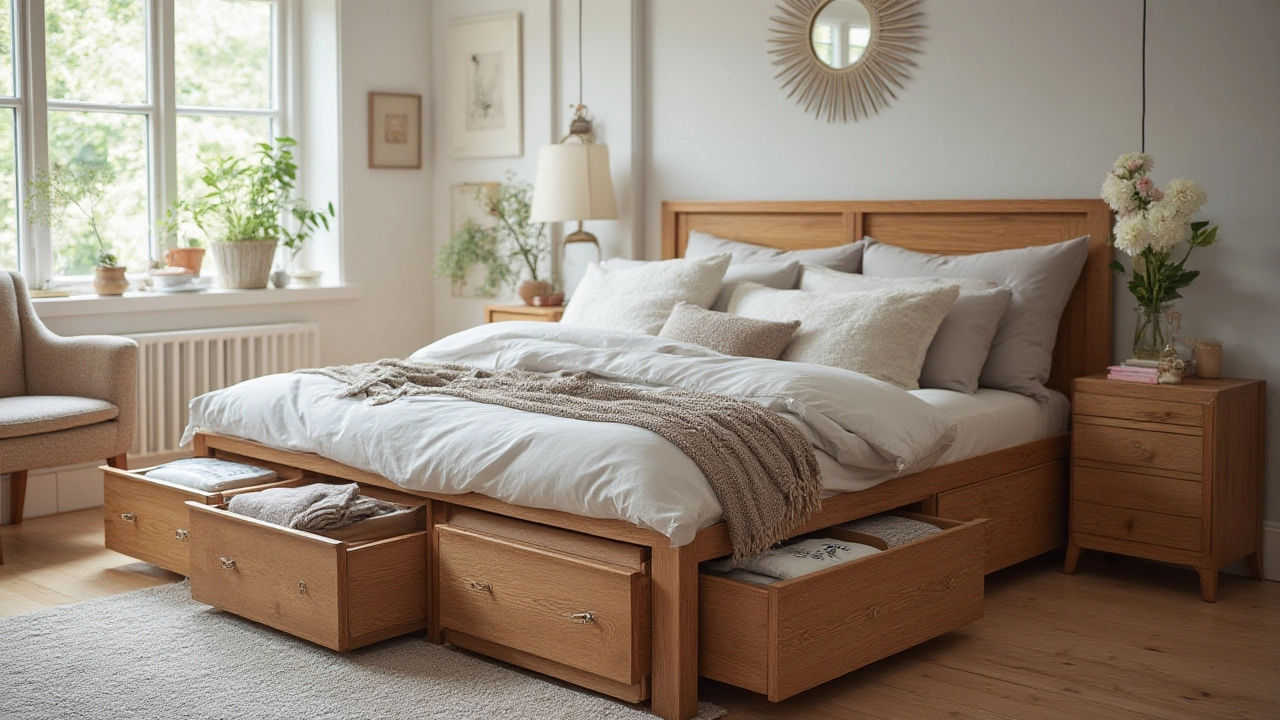What Not to Store: Essential Tips to Keep Your Home Safe and Organized
Ever opened a box only to find a mess, a bad smell, or a broken item? That happens when you store the wrong things. Below are the most common storage missteps and simple ways to fix them. Follow these tips and you’ll save space, money, and headaches.
Items That Damage Your Space
Moisture‑prone goods. Storing wet blankets, damp clothes, or unfinished wood in a closed container invites mold. If you must keep such items, let them dry completely first and add a silica pack.
Heavy furniture on carpet. Dragging a solid oak table across a rug can crush the fibers and leave permanent dents. Use protective sliders or lift the piece onto a board before moving it.
Paper near heat sources. Old magazines, tax records, or photo albums stored next to radiators or in a garage can yellow, curl, or even catch fire. Keep all paper in a cool, dry closet away from direct heat.
Food in open containers. Storing snacks in loosely sealed bags attracts ants, mice, and pantry moths. Seal food in airtight containers and label them with purchase dates.
Chemicals with no ventilation. Paint, solvents, and cleaning sprays release fumes if sealed in a tight space. Store them in a well‑ventilated utility room with the lid slightly ajar, or better yet, keep them in their original, child‑proof containers.
Safety Risks and How to Prevent Them
Sharp tools in low drawers. Knives, scissors, and garden shears belong in a locked drawer or a wall‑mounted rack. This stops accidental cuts and keeps kids safe.
Electronics in damp basements. TVs, speakers, and gaming consoles hate humidity. Use waterproof bins and place a dehumidifier nearby if the basement is prone to damp.
Batteries mixed with metals. Throwing batteries into a junk drawer with nails or screws can cause leaks or short‑circuits. Store batteries in a separate, fire‑resistant box.
Large items on top of each other. Piling boxes, mattresses, or bulky décor creates a tipping hazard. Keep heavy items on the floor and lighter boxes on top for stability.
Personal documents in attic trunks. Heat spikes in attics can destroy passports, birth certificates, and warranties. Use a fire‑proof safe in a climate‑controlled part of the house instead.
By cutting out these common storage mistakes, you’ll keep your home cleaner, safer, and more functional. Next time you’re about to stash something away, ask yourself: "Will this cause damage, attract pests, or be a safety risk?" If the answer is yes, find a better spot or a different solution. Simple awareness makes a huge difference, and you’ll wonder why you ever stored these things the wrong way in the first place.
Storage Bed Mistakes: What Not to Store Under Your Bed
Avoid costly mistakes by learning what not to put in your storage bed. Get practical tips on safe and smart bedroom storage solutions.
More
